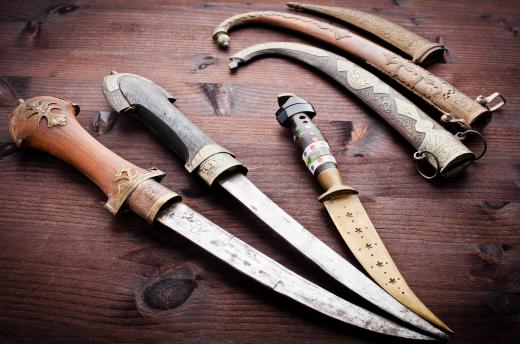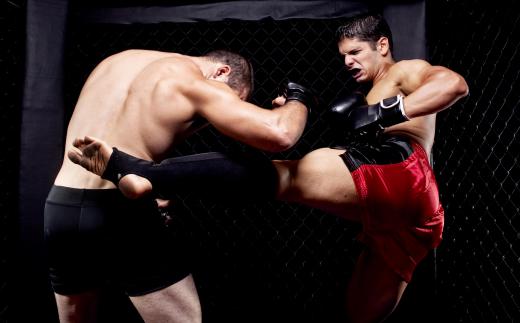Self defense, also known as martial arts, was originally taught and trained for combat. The practice of martial arts today is more commonly used for methods of self protection, fitness exercising, sports, mental development and building up a person's confidence. There are several different types of defensive practices available to learn. Each method has different characteristics that set it apart from the rest.
Once a person figures out which method of self defense is right for them, they can begin taking classes under a martial arts instructor and progress in their level of skill through consistent practice and dedication. The practice of martial arts has been found as far back as ancient China. It was created for the sole purpose of defending one's self physically in the form of fighting.

Certain methods of martial arts were created for a person to perform them armed while others were created to be performed unarmed. The desired result of any of them is to achieve physical power over the opponent and defeat them. The different categories of self defense include using weapons, striking arts, joint lock arts, throwing arts and hybrid arts. Original defense methods using weapons involved the use of lethal weapons such as knives, daggers and swords. This has changed over time to a person using wooden weapons to avoid permanent injury to the opponent.

The striking arts method is probably the oldest type of martial arts practiced. The purpose of this method is to strike the opponent in various vulnerable parts of their body to defeat them. Karate, Tae Kwon Do and boxing are different types of the striking arts method. Karate and Tae Kwon Do utilize various punches and kicks to the body while boxing is performed by using gloves to hit the opponent in the upper torso.

A more defined method of self defense is the joint lock arts. A person must learn how to push and manipulate an opponent's joints past their comfort level. This is a very effective method to use when a small person defends themselves against a much larger person. Aikido is a type of joint lock arts technique. These type of techniques require years of study and are very difficult to master.
Throwing arts is often practiced in wrestling or Judo. The purpose of this technique is to knock the opponent off their feet. This method is widely used in sports competitions worldwide.

The hybrid arts method of self defense is using a combination of various martial arts methods to create something unique and new. A combination of throwing, striking and joint lock arts is used in transition from one to the other in a fluid movement. Brazilian Jiu-Jitsu and Hapkido are examples of the hybrid arts. These different types of self defense have become very popular in martial arts schools everywhere.
